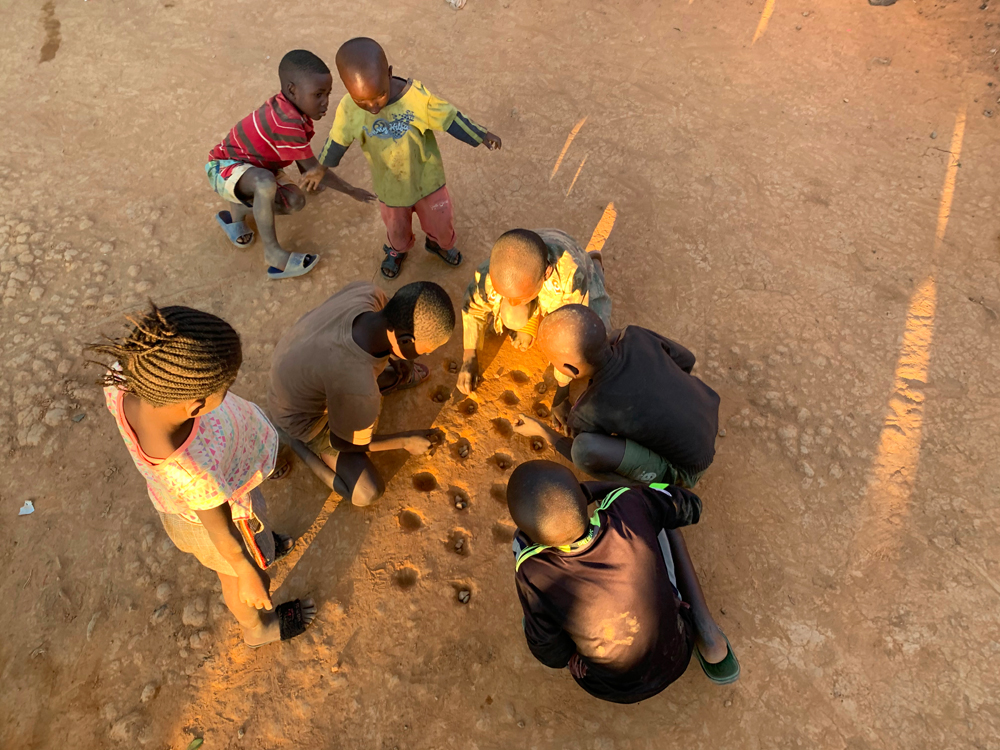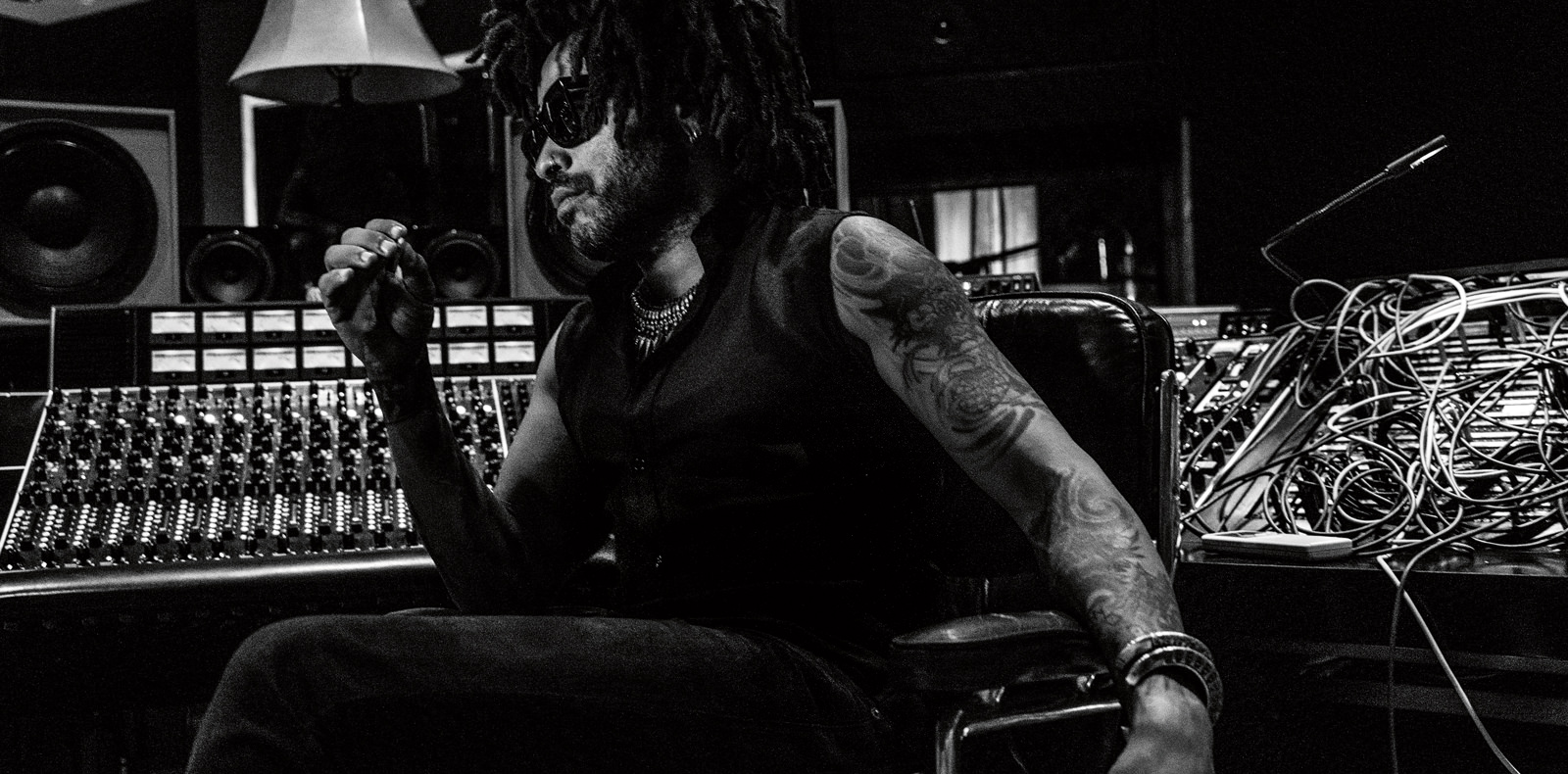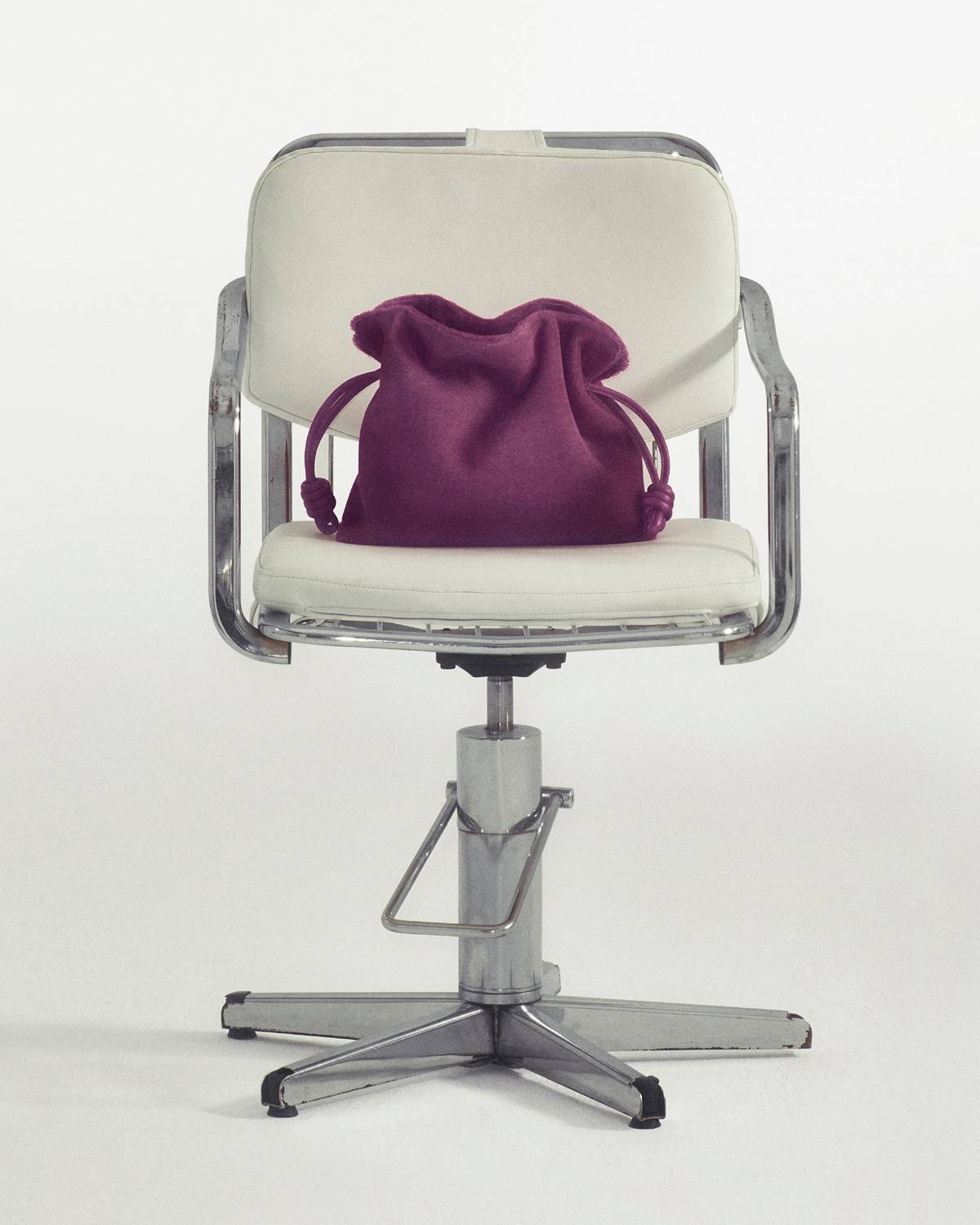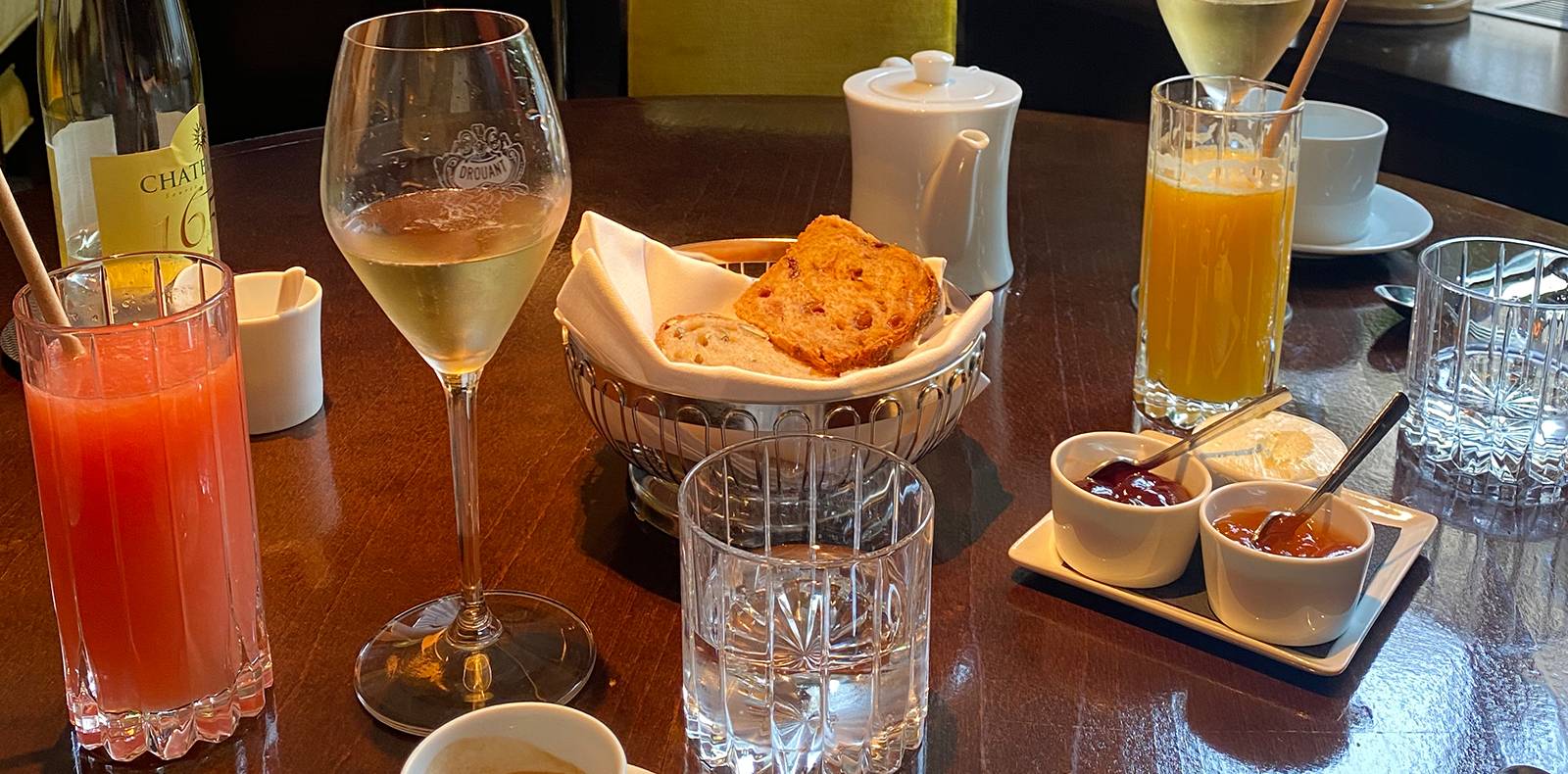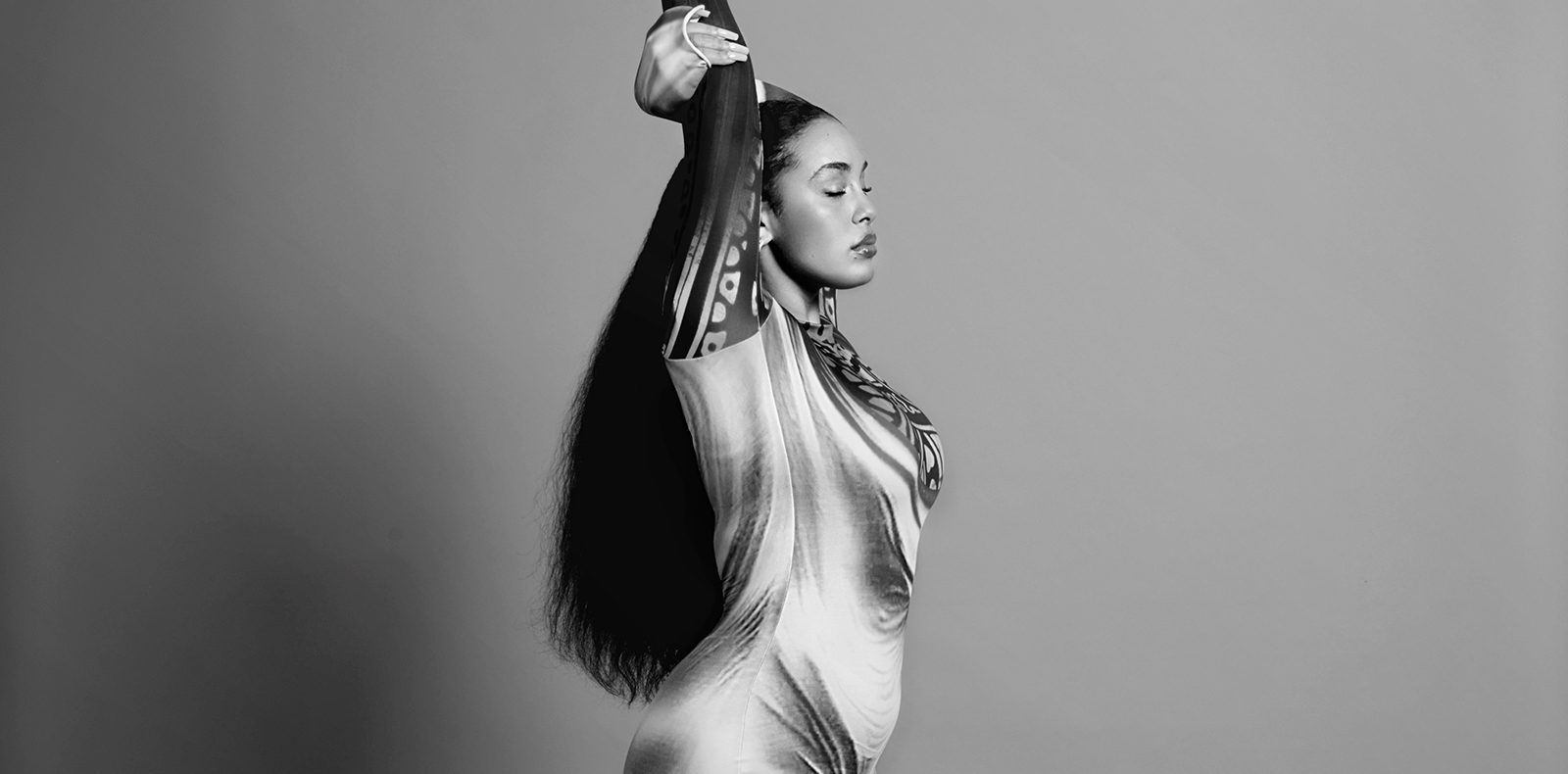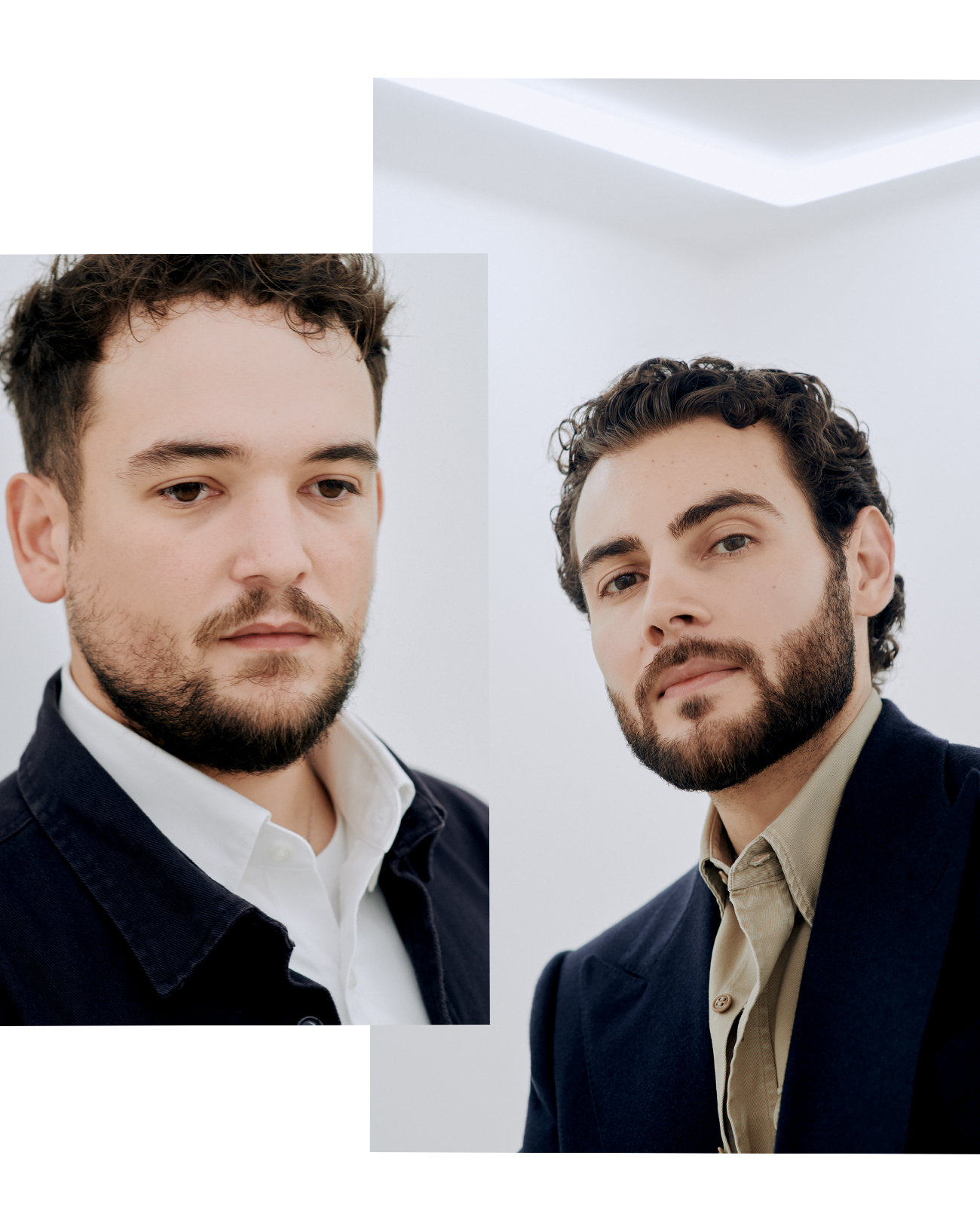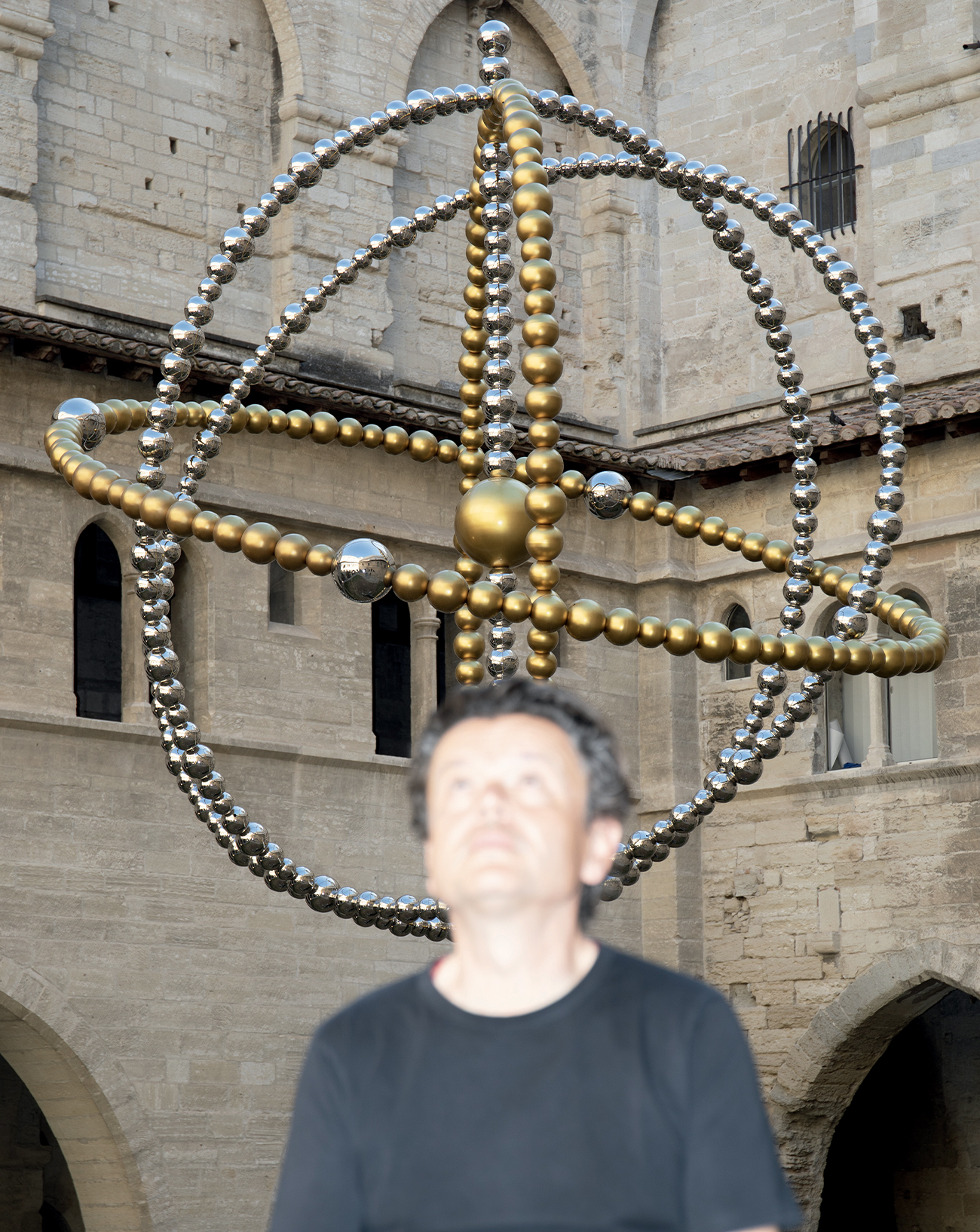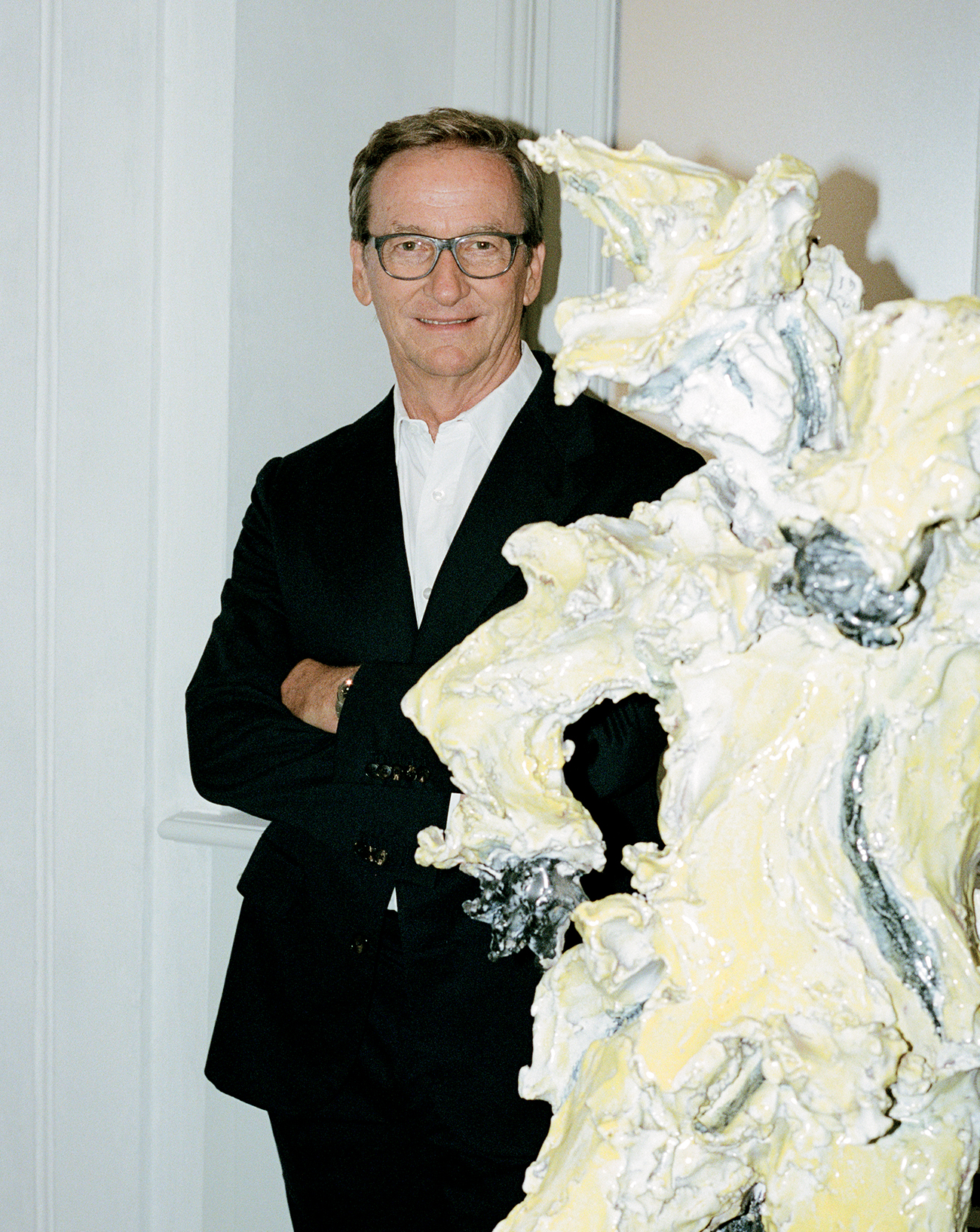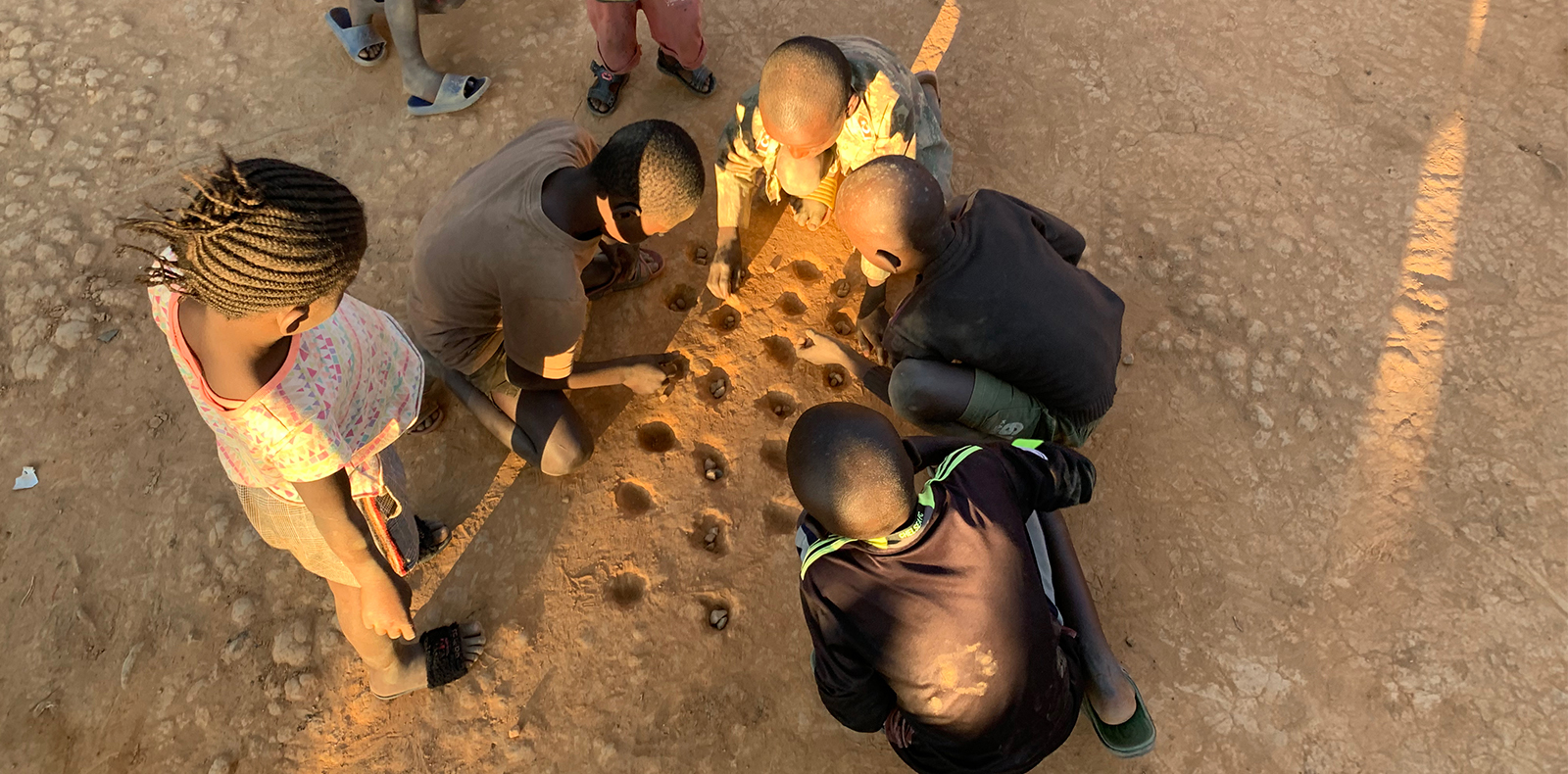
28
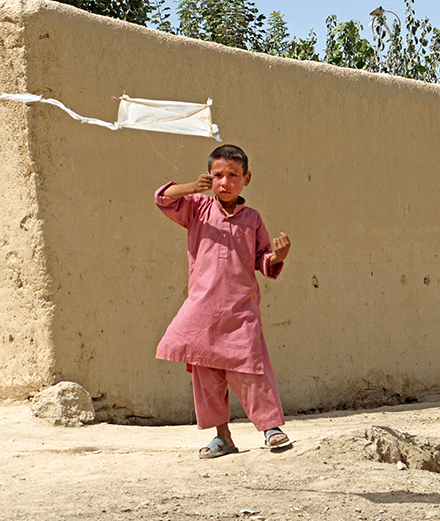
28
Venice Biennale: Francis Alÿs explores children’s games from all over the world
From this Saturday, April 23rd, the Venice Biennale of Art kicks off its 59th edition, postponed for a year due to the pandemic. In addition to the main exhibition “The Milk of Dreams” displayed in the Arsenale and the central pavilion of the Giardini, the exhibitions presented in the national pavilions are, as usual, among the most anticipated events. Focus on artist Francis Alÿs, known for his videos and performances highlighting the connection between humans and their territory, who just unveiled his project for the Belgian pavilion. Entitled The Nature of the Game, the exhibition gathers videos of childrenplaying in various parts of the world, including Congo, subtly confronting Belgium with its colonial past.
By Matthieu Jacquet.
June 2001: the Venice Art Biennale launched its 49th edition, showcasing numerous exhibitions of contemporary art, including those housed in its many national pavilions. While Belgium was represented by the artist Luc Tuymans, another major Belgian artist was invited to the opening of the event: Francis Alÿs. Not very keen on niceties, the man refused to attend and responded by sending a… peacock. Announced by a postcard presenting him as “the artist’s ambassador”, during the opening week the majestic bird strutted through the streets of La Serenissima, as far as the famous Giardini, accompanied by a guard and filmed throughout the process. According to the man behind this surprising project, the feathered guest was an allegory of the protagonists of the art world who, looking smug, parade proudly through a city transformed into a vanity fair, and to whom he showed their own reflection, without resorting to speech. Twenty-one years on, Francis Alÿs’ tongue-in-cheek performance is far from having offended the Biennial’s organisers since the 62-year-old artist has now been assigned the prestigious responsibility of occupying the Belgian pavilion for six months.
Always on the go, a video artist of the absurd, a poet of small things… If Francis Alÿs has carved out a special place for himself in the art world, it is mainly because his multidisciplinary approach –film, performance, painting, sculpture…– indicates a seldom observed humility as much as a profound humanity. From the day in 1991 when he used a leash to pull a magnetic toy dog on wheels to attract all the discarded metal he encountered in the streets of Mexico City –where he has been living for thirty-six years– to his famous performance in 1997 during which he pushed a block of ice in the sun for nine hours until it was reduced to a simple ice cube, the artist has long played a role in his own works. However, this architect by training soon involved local populations in his art, those who witness the material and emotional, cultural and historical, and of course social and political relationships that tie them to their environment.
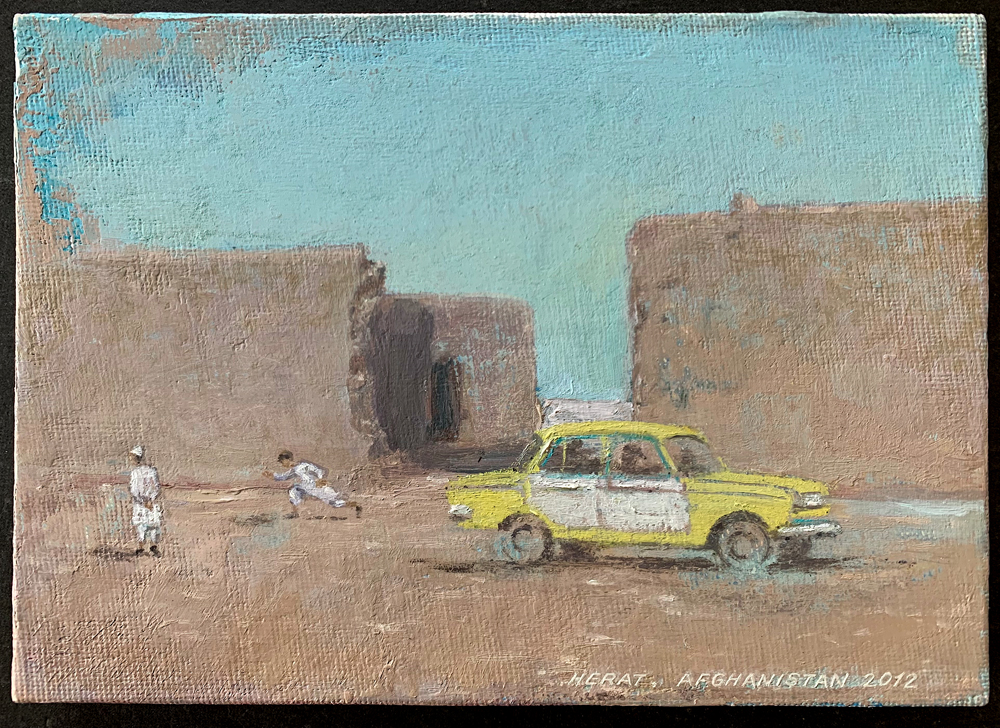
In 2005, he invited 500 Peruvian students to displace a dune near Lima with shovels, which enabled him to illustrate the biblical verse “faith can move mountains“. Three years later, in Tarifa, Spain, and Tangiers, Morocco, on both sides of the Strait of Gibraltar, the artist proved once more the power of collective action when he invited dozens of children from both cities to walk in single file into the Mediterranean Sea. In front of the camera, these young girls and boys, each holding a shoe transformed into a miniature sailboat, gradually represented the moving line that links the two continents. Behind this playful moment performed by carefree actors, the artist evoked the tragic reality of African migrants rejected at the European border, whose hopes are embodied in the youth filmed here.
Indeed children play a key role in the work of Francis Alÿs. Raised in a village, quite isolated from the rest of the population, he was compelled from an early age to develop his creativity using what was handy. The Belgian still feels a kinship with the minds of children and with their limitless potential. In 1999, he filmed a boy tirelessly kicking a soda bottle up and down a steep street in Mexico City. This work marked the beginning of Children’s Games, the artist’s longest series to date, enriched over the last two decades by some fifteen films capturing children’s games around the world. In one of them, two girls are playing with rubber bands, in another, three boys are playing to see who can send their coins the furthest by making them ricochet off a wall… Repetitive, free, fundamentally unproductive and purposeless, these playful activities fascinate Francis Alÿs in that they follow an internal logic and a system of rules that are sometimes strict, just like his own performances.
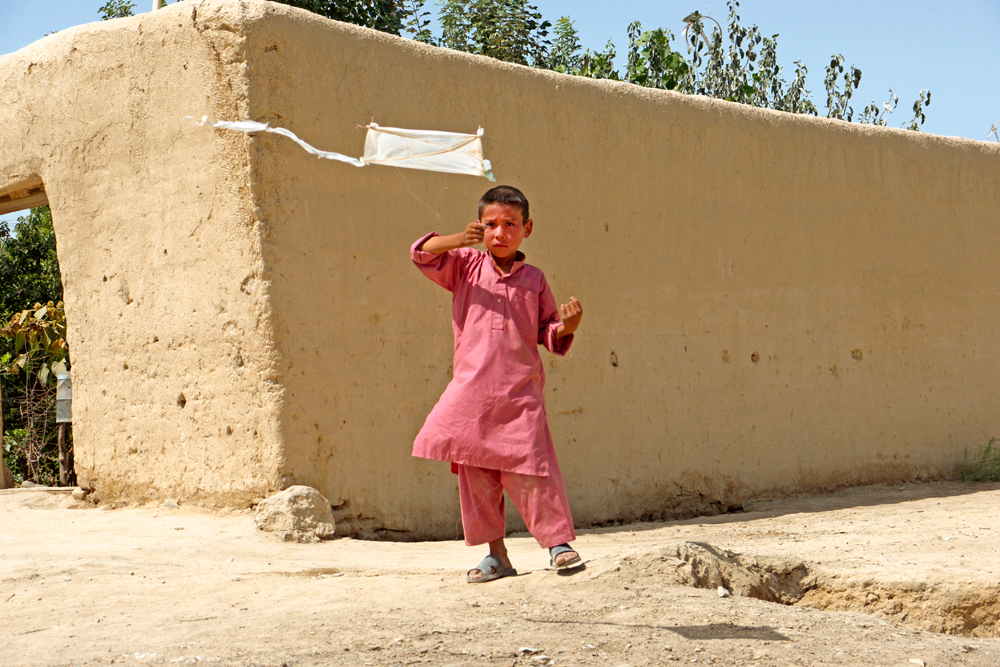
“Using children encourages me to renew my language,” he explained to The Art Newspaper a few months ago. Quite naturally, these young subjects are at the heart of the new project the artist unveiled at the end of April for the 59th Venice Biennale, entitled The Nature of the Game. After the children of Nepal and Venezuela, the artist’s new films and paintings involve the inhabitants of a former Belgian colony, the Democratic Republic of Congo. Here too, despite their jovial and innocent air, they enable him to evoke in the pavilion the persistent legacy of the Belgian colonial empire which caused much suffering. A subtle way of inviting the country to remove its peacock finery and face its history.
Francis Alÿs, “The Nature of the Game”, from April 23rd to November 27th at the Belgian pavilion of the Venice Biennale.







